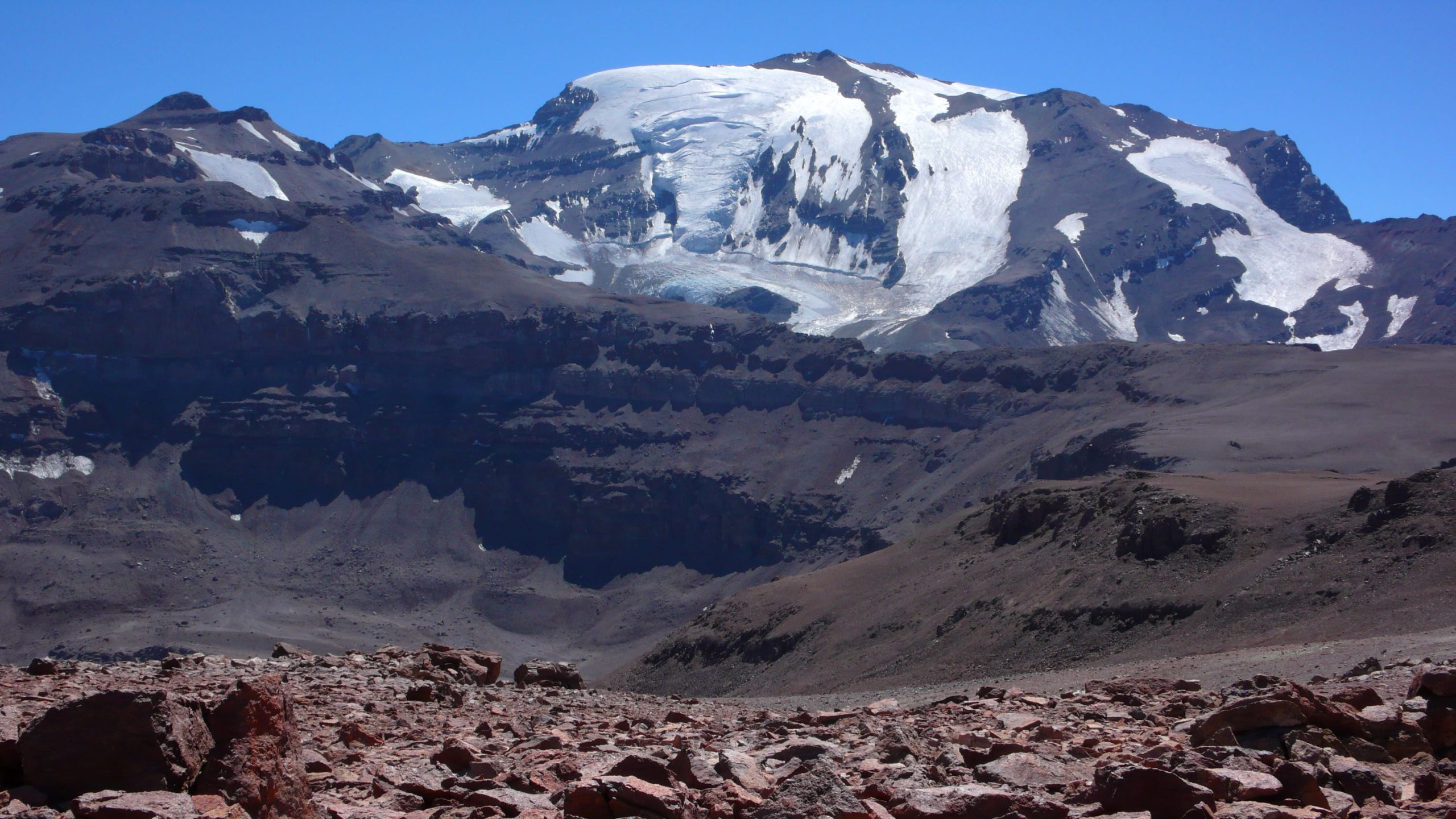This May 27 and 28 we will celebrate a new version of the heritage day, “collective instance of celebration, which aims to generate a direct encounter between the community and the different manifestations and assets that together constitute the country’s heritage, with the intention that they appreciate their values, become aware of their vulnerability and assume the responsibility that falls to all of us in their protection. There are more and more organizations that open the doors of the buildings and spaces that house them”, can be read on the website of monuments.gob.cl
I have said it on other occasions, I also like to understand the concept of heritage as a type of wealth on which the well-being of those who own it is based and which allows these conditions to be ensured over time and, at the same time, to increase them. In the same way as economic heritage, the value of cultural heritage does not lie in its materiality, but rather in what it represents by social convention. Thus, heritage finds its value in the history in which certain places, objects or practices have been actors and that are capable of representing it in front of those who interact with it. History that allows us to understand the origin of the present and, at the same time, consider the discussion of the future.
And about it, today we have a patrimonial debt: to look again and value the worldview of past societies and project them into our future plans.
I am referring especially to the symbols and the sacredness of the rites of our ancestors as those that we can identify in the Andean worldview and that, as in most pre-Columbian cultures, expresses the ideal of balance. This balance would seek, among other socio-political aspects, to calm the chaos and guarantee the “cosmic order”, guaranteeing a harmony between the human being and nature, that is, his “cosmos”.
Part of this principle assumes that the origin of being is not uniqueness or individuality, but the dual, what is and is not at the same time, as well as what happens between both terms, establishing a sacred reciprocal relationship in time and space. between the human being and Mother Earth or Pachamama. This sacralization of the landscape would allow understanding and ordering the world understood and governed by the force and designs of nature.
This Andean principle of duality and reciprocity called Ayniis an extremely current concept to which we are indebted.
It is not clear to me when we got used to living with a nature that has lost its sacredness. In pre-Hispanic Andean religiosity, the tutelary deities were personified in various elements, among them, the mountains, for example, occupied a special place and in a country traveled from north to south by it, today it deserves a special tribute and reminder. According to Andean tradition, certain mountains considered huacas, were in charge of controlling the meteorological phenomena and the life of the people of the villages close to them, consequently tribute was paid to them. In this sense, the offering and subsequent discovery almost 70 years ago of the freeze-dried child on the hill The Lead (current commune of Lo Barnechea) also considered a huaca, reconfirms the sacred condition of this mountain also called apu El Plomo (from Quechua, means lord or lady. For the Andeans, the high mountains would be considered sacred ancestors that would act by their height and connection with the earth and depths as intermediaries between the worlds)
In this heritage month we invite Chile to contextualize the offering of the Inca child on El Plomo hill, understanding the earth as the compass that marks the rhythms of life, politics, harvest times and also the propitiatory rituals of and for the Andean tutelary deities, regardless of the religion that each one professes. We invite citizens to look at our mountains again with that sacredness that contributes so much to projecting a future with greater well-being and balance between our humanity and our spirituality.

